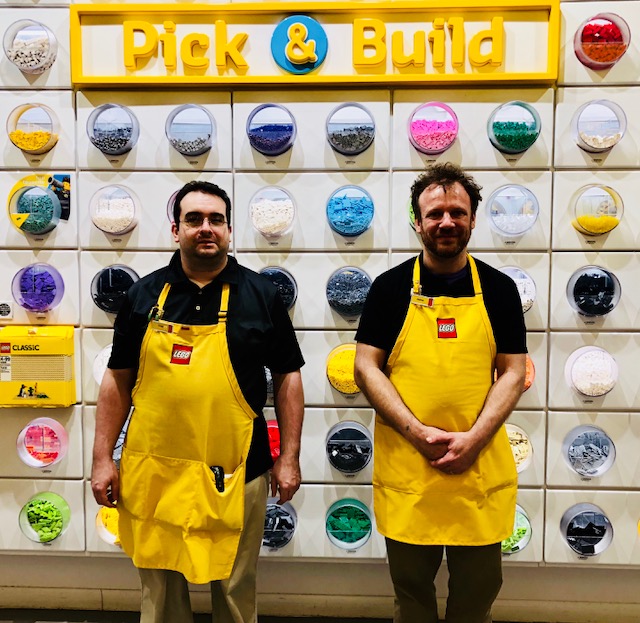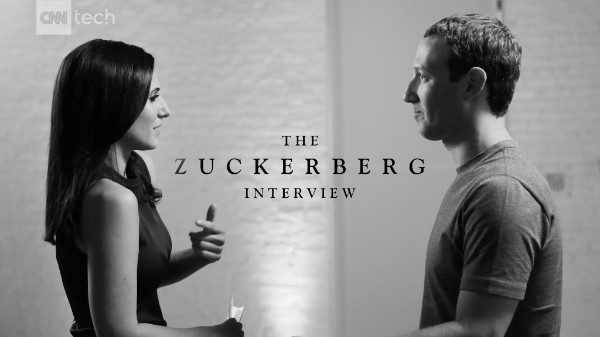
Who’s taking up space? Are they paying rent, or squatting?
Forgive the self-focused angle this week — but it does the best job of explaining what you could easily apply to your own life if it resonates.
Sometimes (but not often enough) I have the forethought to take inventory of the “tenants” residing in my thoughts. These are threads of a conversation I might only be having with myself, that have become semi-permanent without my realizing it. Recognizing them is a contemplative exercise that requires some wherewithal and practice. Why? Because it requires a thought looking inside a thought, as they tend to camouflage themselves as “normal.” In reality, they’re depleting, diminishing and distracting. But I don’t tend to challenge them because I get slowly used to co-habitation.
I wouldn’t call them a belief system as much as a more contained grievance, regret or worry.
Having participated in my share of brand-related hospitality and real estate projects, I tend to think of it in exactly those terms.
A (good) real estate developer considers a property (like a mixed-use office campus or a retail lifestyle center) in a host of ways. The questions contemplated are often:
What is the optimal ecosystem? Will big, established brands balance smaller, riskier concepts and together will they create something authentic? Compelling? Is there a juicy anchor tenant paying a lion’s share of the rent, but who can attract complementary businesses?
Will the addition of one tenant turn off a series of others? And, at what cost?
As anyone who reads this blog knows, there’s not a lot of daylight between my musings and a (good) metaphor; I love them. But the reason I like this one is because life doesn’t always feel intentional in the way that decisions made by real estate professionals are. We’re “in” properties of our own making, yet not always of our own design.
So I’ve started to distinguish my literal tenants from my invisible but nevertheless vocal ones. Realizing there was a difference was a victory in and of itself.
There are the tenants that see the light of day — professional commitments, family time, hobbies, personal work, cultivating curiosity and interests — even common stressors around deadlines, finances, and relationships qualify. You could say that these are the tenants of our days. This stuff is obvious and makes for the ingredients for a full and meaningful life (managing this is its own mission.)
But there are other tenants that are unseen, that can’t be spotted on a schedule, but who, like a squatter, are uninvited occupants in our minds. They tend to be demanding, entitled, and perpetually unsatisfied. Some are old scripts. Others are punishing messages about what we haven’t yet started, completed, or might never get to, despite deep and sincere desires. Fleeting bouts of this can be expected; but when a stray idea sets up shop, a good property manager notices — and investigates.
We all want good tenants — which is to say inspired, benevolent streams of consciousness. But there’s a certain amount of rigor required to spot the sneaky ones taking up space, not just for days or weeks, but months…who have no storefront.
Some hidden occupants are great — like an idea percolating that hasn’t taken shape. But when they feel more like anxieties, chronic frustrations or mounting crises, they affect the whole “property” in ways seen and unseen.
I like to know who and what I’m hosting, so I can evict them if necessary. Giving them notice is a matter of seeing them, as a first step. They may not leave, and a resolution may not be clear to me, but they can’t be there without permission from the landlord (me), either.
Even when I can’t give them the boot entirely — because they’re thoughts, after all – the conversation often reveals something I need to see.
What to do with them depends on what they tell me.






